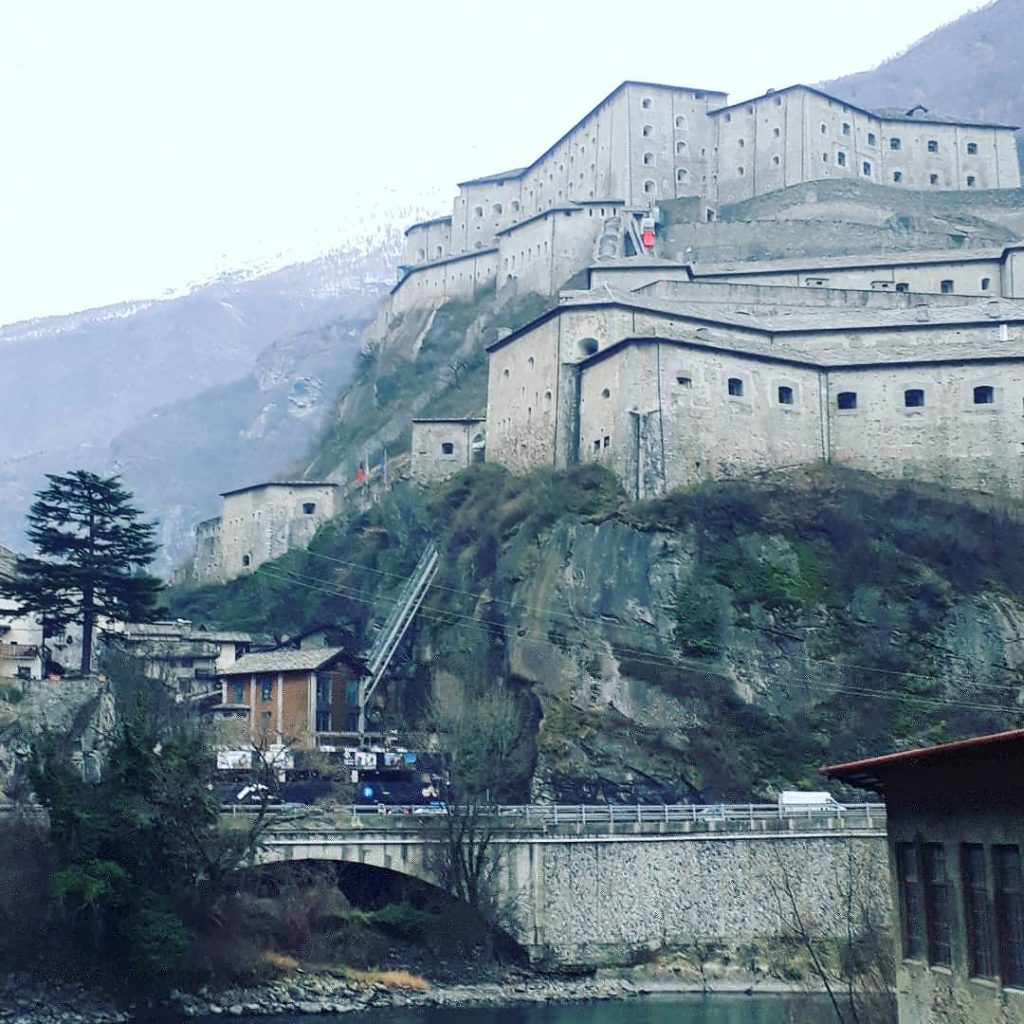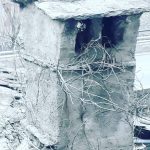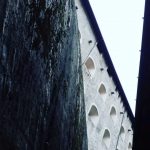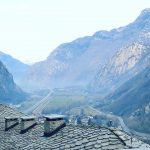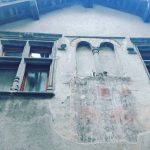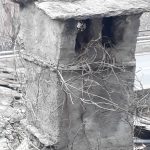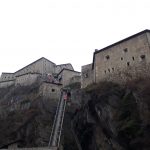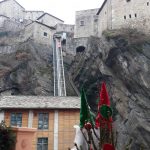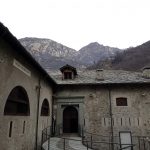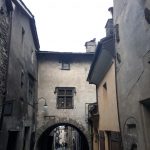Bard’s fort overlooks Aosta Valley, Italy, 50 km away from Aosta (see my post).
We parked next to the train station, then we took the free lift to the fort (it can be very busy so you might have to wait a while). Bard’s fort is more a cultural center than a fort itself to visit, many choices of museums or exhibitions, we only did one of each as we had no time to do more. Then we walked down the village of Bard to enjoy the lovely streets with fantastic Christmas décorations, medieval and fairy tale ambiance guaranteed.
Already during Theodoric’s reign (early 6th century A.D), sixty armed soldiers were garrisoned to defend the “Clausuræ Augustanæ” (a defence system set up to protect the borders of the Empire) in Bard.
In 1034, it was described as “inexpugnabile oppidum”, in one of the oldest references to a castle in Valle d’Aosta. The Savoys became the Lords of Bard in 1242, with Amadeus IV, driven by the insistence of the local inhabitants, who were tired of the abuse of power by Hugh of Bard, who exploited the position of his castle to levy heavy duties on travellers and merchants.
From that time on, the castle was always controlled by the Savoys, who held a garrison there. In 1661, the armies from other fortresses in Aosta Valley, including Verrès and Montjovet, converged in Bard.
The castle took on renewed importance with the passage of the French army in 1704 and particularly in May 1800 on the arrival of Napoleon Bonaparte, who found a garrison of 400 Austrian men within the fortress. The defence structures of the fortress were so efficient that Napoleon’s army took about two weeks to overcome the Austrian defences, eventually succeeding thanks to cunning tactics. The fortress was then dismantled by Napoleon, to avoid further problems.
The current appearance of the fort is the result of reconstruction work commissioned by Carlo Felice, at the height of the Restoration, which, from 1830 onwards, turned it into one of the largest military structures in the Aosta Valley. The fortress began to deteriorate at the end of the nineteenth century. It was used as a prison and then as a weapons depot. It was decommissioned in 1975 from military state property and was purchased by the Aosta Valley regional authority in 1990.
Completely renewed in 2006, the fortress hosts the Museum of the Alps, the Children’s Alps, the “Prisons*, the Fortresses and Frontiers Museum, as well as permanent and temporary exhibitions.
Bard is a typical thoroughfare village born along the Roman consular road. Today it retains its medieval layout and the precious 15th and 16th century residential buildings are extremely well-preserved.
Art historians have classified approximately 25 distinctive archaeological details including crossed and mullioned bifore (windows with 2 lights), frescoes, and a stone spiral staircase with steps that open out like a fan around the viret central axis.
There is a magical atmosphere of once upon a time as you walk along the only street of the village, an atmosphere that becomes even more evocative with the shows and events that take place at different periods throughout the year: Dicember nights illuminated by holy cribs, medieval pageants during the carnival and mid-August holidays, the annual Marché au Fort (a gastronomy and wine festival that occurs on the second Sunday of each October month).
https://www.fortedibard.it/en/

